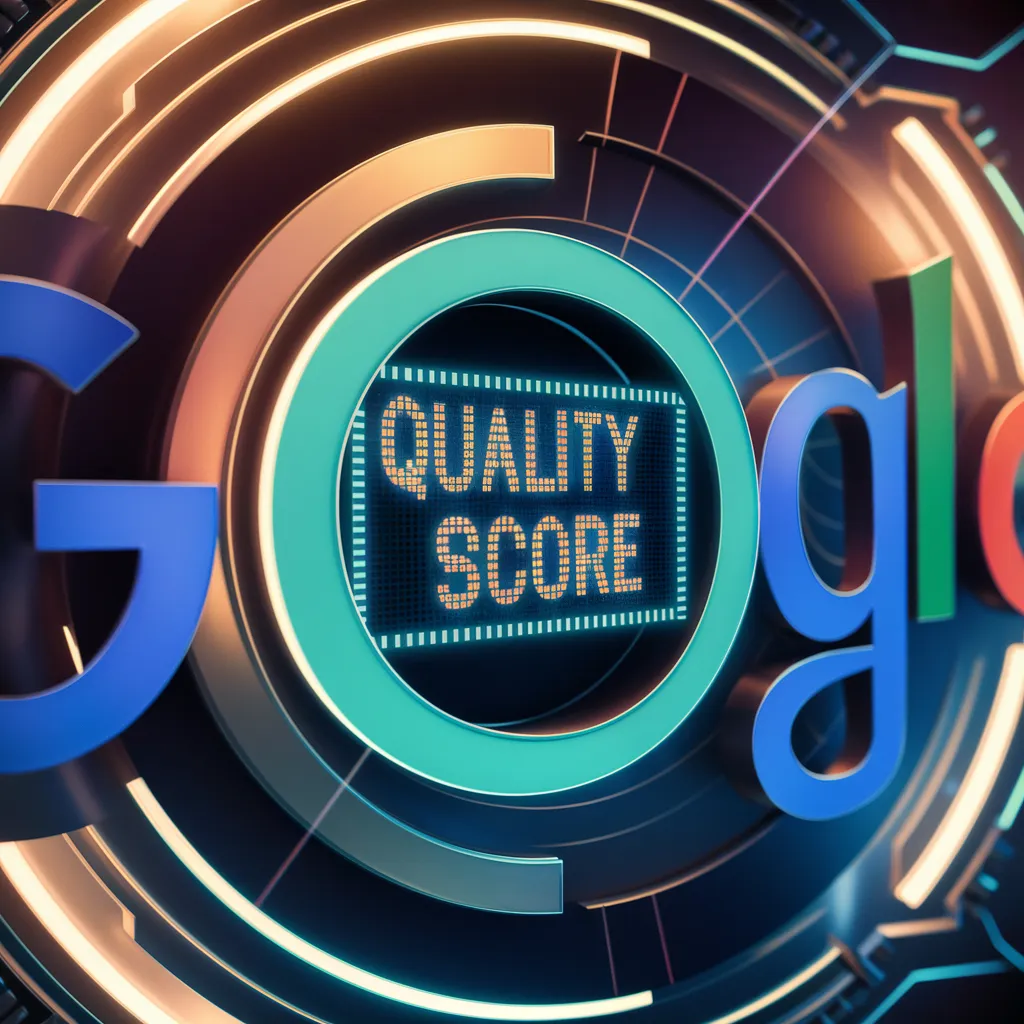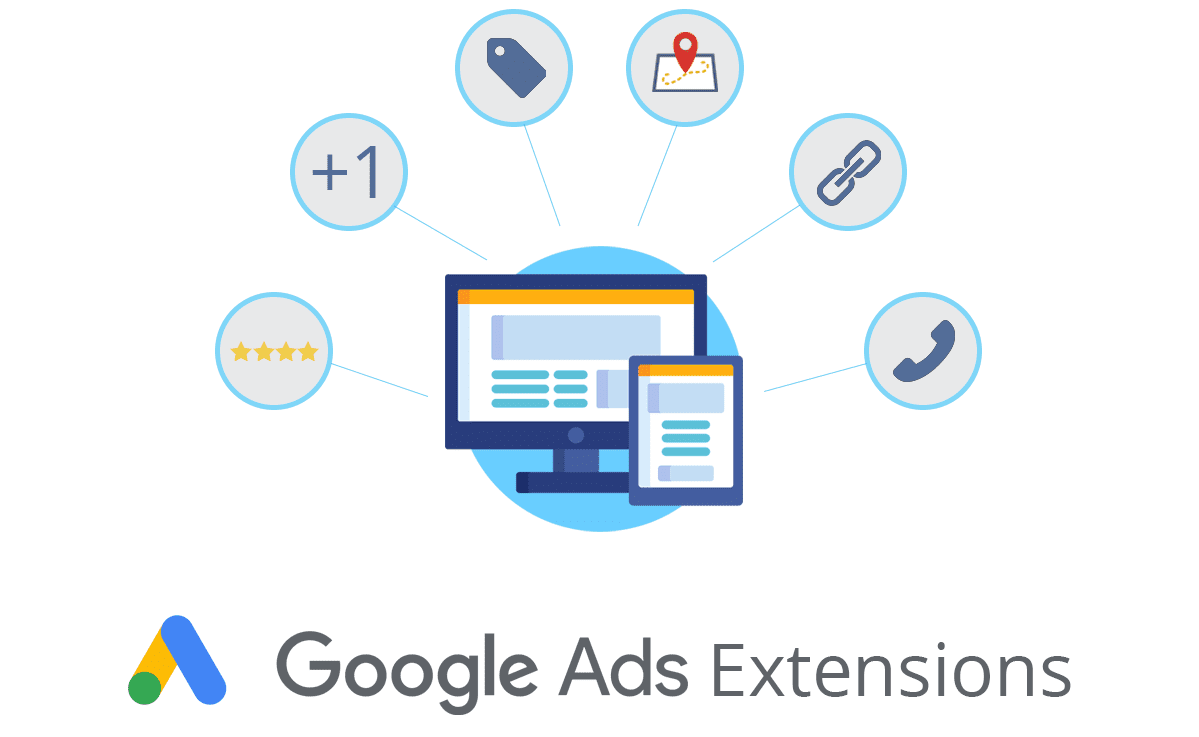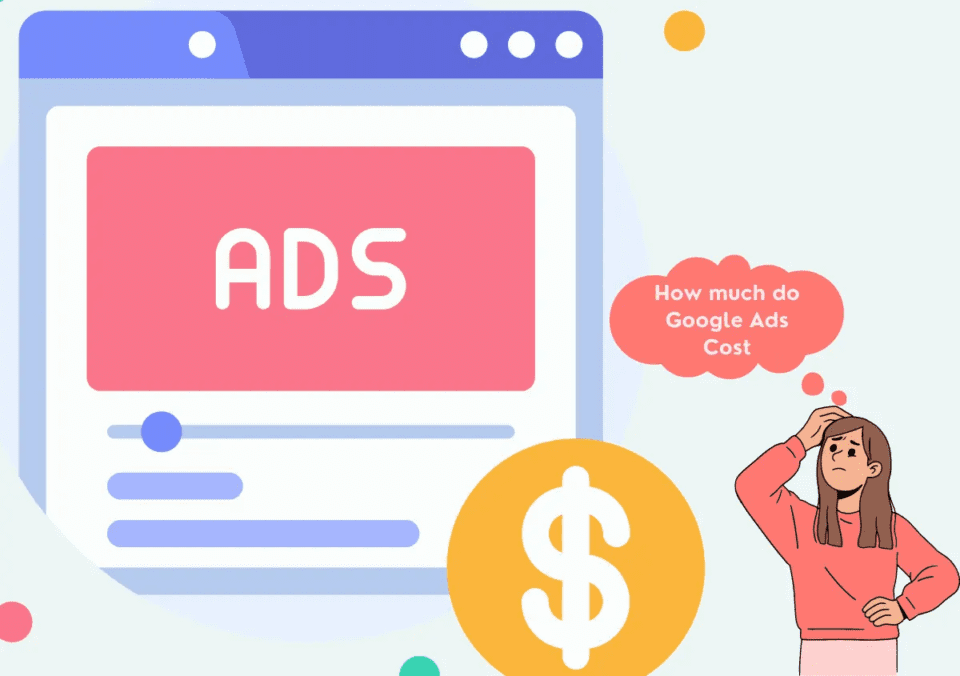Charge Advertising fees on Google This is something every advertiser needs to understand to optimize their budget. This article explains how Google calculates fees based on factors like keywords, ad quality, and competition rate, helping you reach your target customers effectively while keeping costs under control. Especially for beginners, understanding these principles will help you optimize your campaigns, increase conversion rates and minimize costs. Discover now the secret to success on Google Ads!
What Are Google Advertising Fees?
Advertising fees on Google (Google Ads) is the cost you pay to display your product or service on Google platforms like Google Search, YouTubeand Google Display Network. This is one of the most powerful advertising tools, helping you reach millions of users looking for information, products, or services that you provide.
How to calculate fees: Advertising fees on Google are not fixed but depend on many factors. There are 3 popular charging models:
- CPC (Cost-per-click): You only pay when users click on the ad.
- CPM (Cost-per-thousand impressions): You pay based on the number of times your ad is shown (1,000 impressions).
- CPA (Cost-per-action): You only pay when a user performs a specific action, like purchase or register.
This system gives you flexibility in managing your advertising budget, focusing on specific goals such as increasing website visits or generating conversions.
How Does Google Charge Advertising Fees?
Bidding System
Google Ads works based on a system bidding where advertisers compete to display their ads. You’ll bid per click (CPC) or impression (CPM), and Google will decide which ads are shown based on bid and Quality Score.
Quality score is calculated based on 3 main factors:
- Keyword relevance with advertising.
- Landing page experience (landing page) of the user after clicking on the ad.
- Expected click-through rate (CTR)i.e. the percentage of users who click on the ad.
A high Quality Score will help you reduce advertising costs while still maintaining high rankings on Google search results.
Popular Charging Models
Google offers many different charging models for you to choose from, depending on your advertising goals:
- CPC (Cost-per-click): This is the most popular model. You only pay when someone clicks on your ad, helping you optimize your budget for quality visits.
- CPM (Cost-per-thousand impressions): Suitable when you want to increase Brand recognition. You pay based on every 1,000 ad impressions.
- CPA (Cost-per-action): You only pay when users perform specific actions like register, purchase or Send contact information.
Factors Affecting Advertising Fees on Google
Keywords
Keyword bids: Keywords are an important factor that determines advertising costs. Highly competitive keywords such as “insurance”, “unsecured loan” are often available CPC is very high. This means you will have to pay more to have your ads appear for keywords that many of your competitors are also targeting.
Keyword relevance: If the keywords you choose match your ad copy and landing page, quality score will be high, thereby helping to reduce advertising costs while still bringing high efficiency.
Advertising Quality
Quality Score: Google evaluates your ad based on click-through rate (CTR), landing page experience and advertising relevance. Ads with high-quality scores will help you reduce costs and increase visibility.
Landing page experience: When users click on the ad, they are taken to the landing page. If your landing page loads quickly, is user-friendly, and has relevant content, your quality score will improve. Reduce advertising fees.

Target Audience
Location: Advertising costs may vary depending on the country or region you target. Highly competitive areas, such as large cities, often have them High CPC than.
Demographic: The specific targeting follows age, sex or income can affect costs, but at the same time help you reach the right potential customers.
How to Optimize Advertising Fees on Google for Beginners
Thorough Keyword Research
Use tools like Google Keyword Planner or SEMRush to search for keywords there high search volume but there is low competition. This helps you reduce costs while still reaching the right audience.
Choose long-tail keywords: Long-tail keywords typically have less competition and yield higher conversion rate because they are specific and target users with clear purchasing intentions.
Optimize Ads and Landing Pages
Optimize advertising content: Write attractive advertising content with words call to action (CTA) clearly to attract users to click. For example, a CTA like “Register now for a Digital Marketing course” will encourage more specific action.
Optimize landing page experience: Secure your landing page fast download, Mobile friendly and related to advertising content. This not only helps improve user experience but also increases quality scores, thereby reduce advertising costs.
Set Smart Budget Limits
Daily budget: You can set a daily budget limit to control costs. This helps you Do not spend more than the amount Expect and be able to test many different campaigns.
Monitor and adjust: Continuously monitor your ad’s performance and adjust your bids, keywords, or ad content to achieve the best results with lowest cost.
Using Ad Extensions (Ad Extensions)
Ad extensions allow you to provide additional information to users such as phone number, Address, website link. This not only helps increase click-through rate (CTR) but also cost optimization.

Compare Advertising Fees on Google with Other Platforms
Google Ads vs. Facebook Ads
Expense: Medium, CPC on Google Ads is usually higher than Facebook Ads, but Google Ads often delivers High conversion rate than because users have clear search intent.
Target audience: Facebook Ads is strong Interest targeting and behaviorwhile Google Ads focuses on search intent of users, helping you reach audiences with specific needs.
Google Ads vs. LinkedIn Ads
Expense: Advertisement above LinkedIn typically more expensive than Google Ads, especially when you target professional and business audiences.
Effective: Google Ads is suitable for broad reach campaigns, while LinkedIn Ads More suitable for campaigns B2B or business marketing.
Common errors when calculating advertising fees on Google and how to fix them
Not Optimizing Keywords
Many beginners often choose keywords that are too general, leading to high cost But did not yield results desire. Instead, stay focused long tail keywords and more specific keywords to reduce competition and increase conversion rates.
No Conversion Tracking
Many people are new to advertising often Set your budget too high right from the start without doing testing. This may result spend a lot of money without being effective. Let’s start with small budgettesting and Gradual optimization.
No Budget Control
Many people are new to advertising often Set your budget too high right from the start without doing testing. This may result spend a lot of money without being effective. Let’s start with small budgettesting and Gradual optimization.
Conclusion
Understanding how Google charges and the factors that influence costs is the first step Optimize advertising budget. For beginners, using Google Ads effectively can help you reach the right audience, increase conversion rates and minimize costs.
Comment Policy: We truly value your comments and appreciate the time you take to share your thoughts and feedback with us.
Note: Comments that are identified as spam or purely promotional will be removed.
To enhance your commenting experience, consider creating a Gravatar account. By adding an avatar and using the same e-mail here, your comments will feature a unique and recognizable avatar, making it easier for other members to identify you.
Please use a valid e-mail address so you can receive notifications when your comments receive replies.
